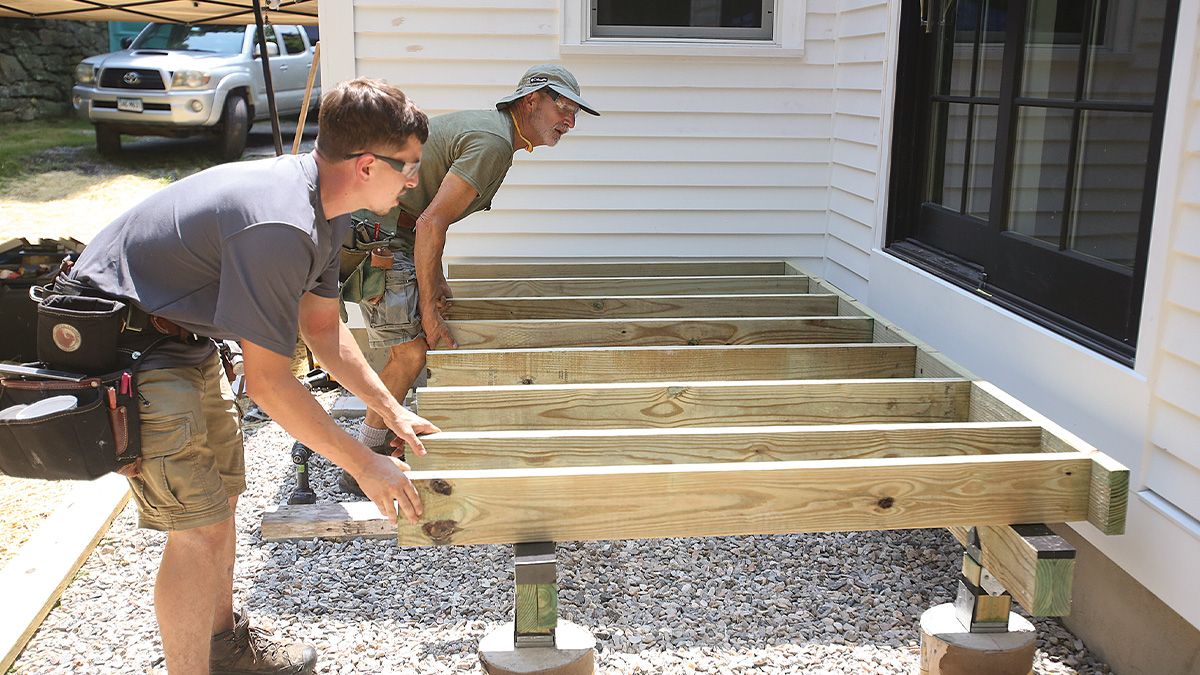
A deck is more than a structure. It is a place for rest. It is a space for family. It is a corner for gatherings. A deck that lasts offers both joy and peace. Many decks look strong at first but they may not endure. True durability comes from planning. It also comes from the right design.
Choosing the Right Material
Durability begins with the right material. A strong foundation means longer life. Wood is popular for its natural look. Composite offers modern strength with less care. Stone adds weight and character to outdoor spaces. Every choice has benefits and limits. Materials must match the local climate. Moisture and heat shape the lifespan of a surface. The right selection protects against cracks and decay. Long lasting beauty depends on thoughtful material choice. A deck designed with care can resist both time and nature.
Designing for Weather Protection
A deck faces constant exposure to weather. Sun weakens boards and fades their colors. Rain leads to warping and surface rot. Snow adds pressure that shortens the lifespan of weak surfaces. Smart design includes shade and shelter. Covering parts of the deck reduces harsh effects. Strong railings prevent damage from winds. Drainage channels move water away from the surface. Weather protection extends the deck life with simple design. Every detail adds strength to the structure over time.
Building with Skilled Guidance
A deck that lasts requires skilled work. Precision in construction prevents future problems. Poor spacing leads to water damage. Weak joints create early cracks and splits. Reliable support makes the whole structure stronger. Deck builders use proven methods for stability. Their skills ensure every board is placed well. Secure fittings keep the frame from shifting. Careful design avoids strain on weak areas. Lasting decks are the result of steady hands. The guidance of trained builders turns design into long term strength.
Maintenance for Long Life
Maintenance is a shield for durability. Regular checks help spot small issues. Early care prevents costly repair in the future. A deck needs sealing to resist moisture. Boards must stay clean to prevent surface damage. Even simple washing improves deck life. Gaps should stay clear of dirt and growth. Nails and screws must stay tight for balance. Maintenance becomes a habit that secures the structure. Consistent attention keeps the surface strong. Small acts of care extend the life for many years.
Designing with Future Use in Mind
A deck is not just for today. It should be ready for tomorrow. Families grow and spaces change over time. A deck designed for future use remains relevant. Extra space avoids limits later on. Flexible layouts allow easy changes. Strong support holds heavier loads if needed. A design that looks ahead prevents early replacement. Future planning ensures the deck stays useful for decades. It is wiser to invest in strength at the start. Good design pays back with long life.
Conclusion
A deck that endures is more than wood and nails. It is a product of wise design. The right material protects from early decay. Weather planning shields against sun and rain. Skilled builders give shape to lasting work. Maintenance adds a layer of defense. Future ready design keeps the deck relevant. Each step adds years to the structure. A lasting deck gives both beauty and function. With thought and effort it remains a true part of home life.






